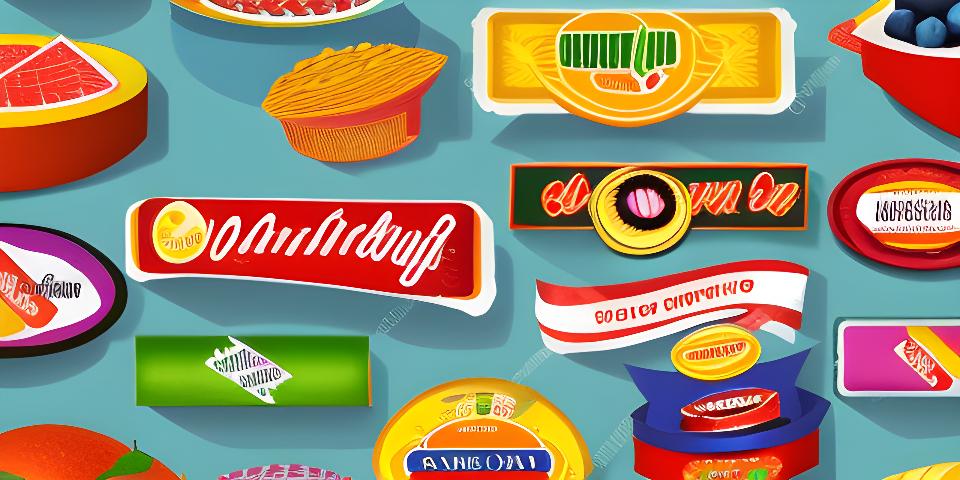Evaluating Food Colorings and Dyes: Insights from Labels?
Understanding Food Colorings and Dyes
Food colorings and dyes are commonly used in the food industry to enhance the appearance of various products. They can make foods more visually appealing or mimic natural colors that may fade during processing. However, it’s important to evaluate these additives to make informed choices about the foods we consume.
The Role of Labeling
Labeling plays a crucial role in providing insights into the presence of food colorings and dyes in products. By carefully examining labels, consumers gain knowledge about which specific additives are used in their food items.
Different Types of Food Colorings and Dyes
The following are some common types of food colorings and dyes:
- Natural Colorants: Derived from edible sources like fruits, vegetables, spices, or other plant-based materials.
- Synthetic Colorants: Artificially made using chemical compounds that produce specific colors.
- Caramel Coloring: Created by heating carbohydrates until they form a brown liquid, commonly used in beverages or baked goods for coloring purposes.
Evaluating Labels for Additives
To assess food colorings and dyes, it’s essential to check labels for specific information:
- Look for specific names of colorings and dyes, such as Red 40 or Blue 1.
- Check if the label mentions the use of natural colorants, which can indicate a preference for more natural additives.
- Avoid products with vague terms like “artificial colors” or “color added,” as they provide little insight into the actual ingredients used.
Making Informed Choices
Evaluating food colorings and dyes empowers us to make informed decisions about our food choices. By reading labels carefully and understanding different types of additives, we can opt for products that align with our preferences and dietary needs.
